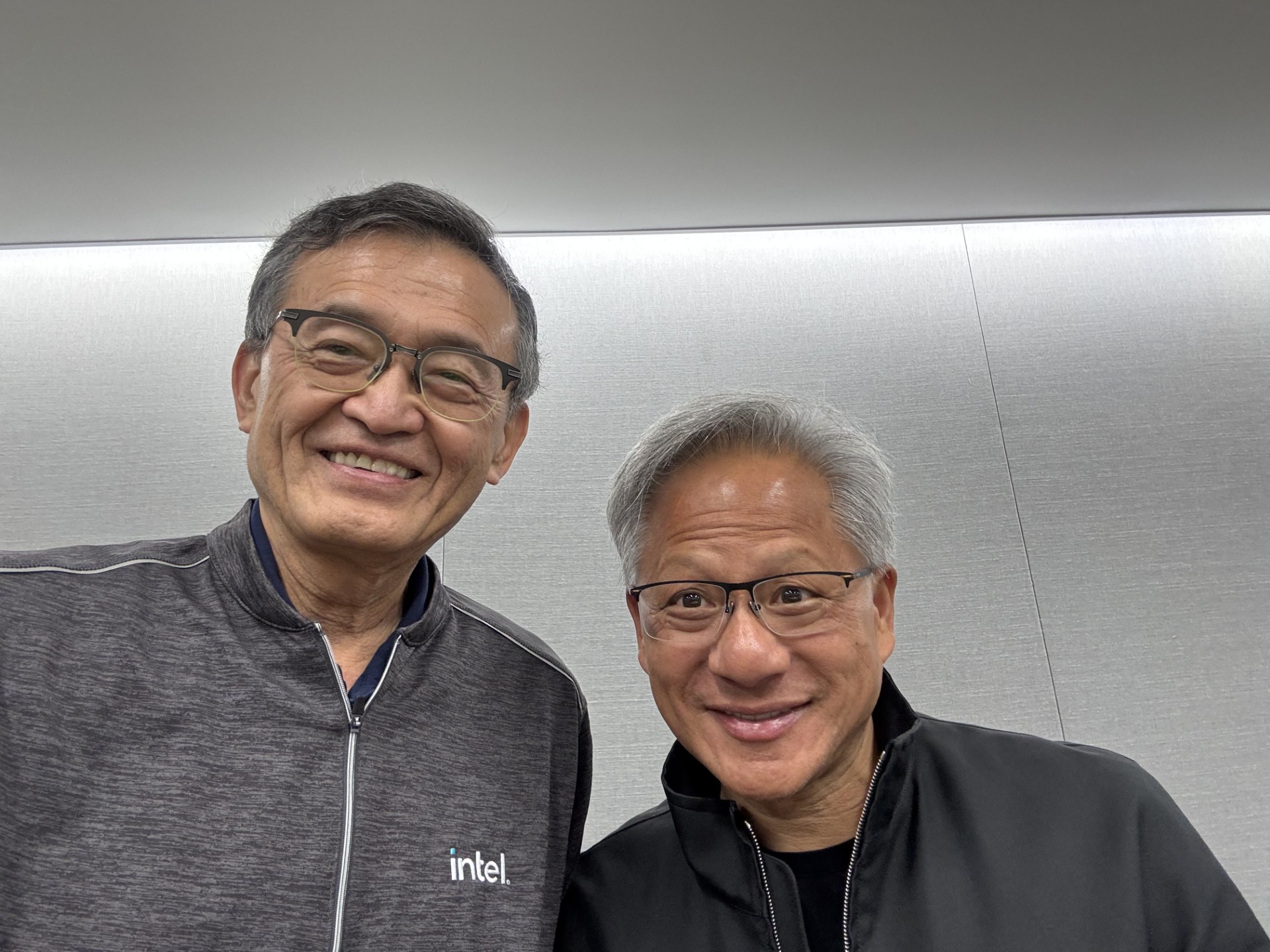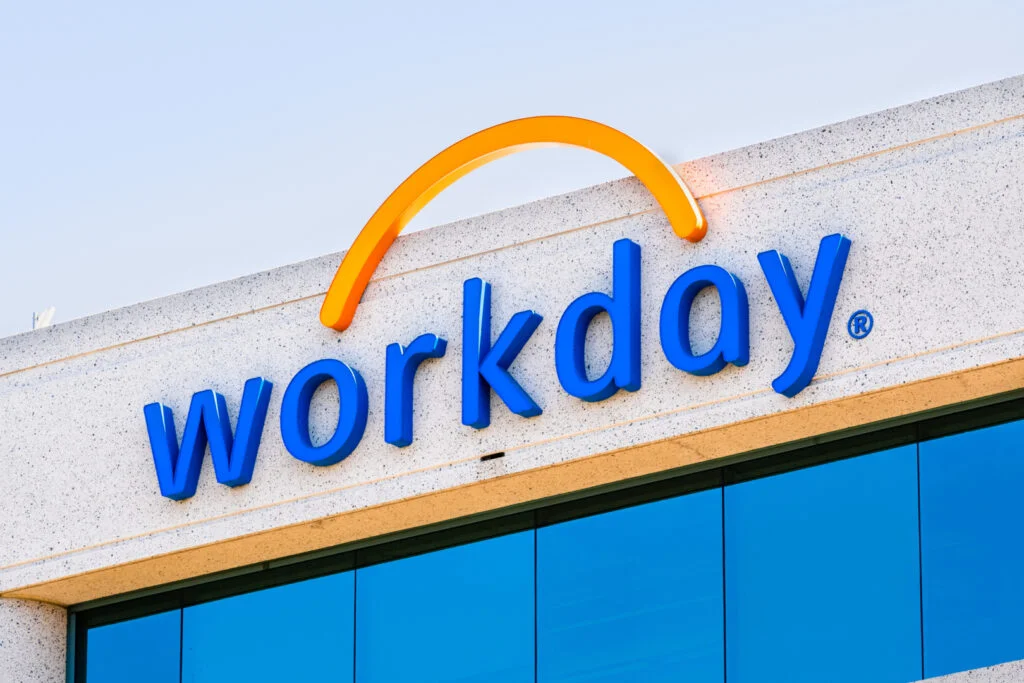Here’s How the NVIDIA-Intel Deal Could Shape the Future of Team Blue’s Business & Why CEO Lip-Bu Tan May Have Pulled a Masterstroke Move

Intel just announced a significant investment deal with NVIDIA for its consumer and AI products, and for CEO Lip-Bu Tan, this might just mark the moment of a pivotal breakthrough.
This is indeed an unexpected collaboration, and it is something that no one has seen coming, but it seems like NVIDIA is ready to embrace Intel and the x86 ecosystem that comes along with it into its internal tech stack. We have already reported on the specifics of the deal, but for a quick recap, NVIDIA will invest $5 billion into Intel’s common stock, and both companies will collaborate on joint chip ventures which we’ll discuss ahead. We will also dive into how this move could shape the future of Intel’s business as well, hence the content ahead will be pretty interesting.
NVIDIA-Intel Deal: How It Would Shape The Future of The x86 Ecosystem & Team Blue’s Struggling Business
One of the major highlights for the NVIDIA-Intel deal is the collaboration on an x86-based SoC that will feature NVIDIA’s RTX GPU onboard, which will likely be targeted towards the PC segment. Now, the details by themselves are pretty slim, but if we look at the wider picture, we are aware that NVIDIA has been pushing towards developing an AI PC chip, in collaboration with the likes of MediaTek and ARM, but it seems like the x86 architecture might be the next choice for the product.
Intel has long been dominant in the CPU business, producing power-efficient and high-performing SoCs. While the firm has been slacking in the desktop CPU segment for the past few years, Intel is still the leading entity in the x86 ecosystem. NVIDIA apparently plans to capitalize on this position by combining the best CPU architecture with the best GPU lineup to give an end product that excels in all performance segments. This seems to be the approach for NVIDIA now, and it is indeed validated by CEO Lip-Bu Tan’s comments as well.
Intel’s x86 architecture has been foundational to modern computing for decades – and we are innovating across our portfolio to enable the workloads of the future. Intel’s leading data center and client computing platforms, combined with our process technology, manufacturing and advanced packaging capabilities, will complement NVIDIA’s AI and accelerated computing leadership to enable new breakthroughs for the industry.
We don’t know how the PC chip could look like, but since both companies are known to be on their ‘top game’ when it comes to consumer computing products, the SoC would likely be one of the leading options out there, but we’ll have to wait and see.
Did the Trump Administration Play a Role In the NVIDIA-Intel Deal? The Short Answer: Yes & No
After the news broke out, there was a narrative that the Trump administration might have played a role in the NVIDIA-Intel deal, but based on the press releases by both Intel and NVIDIA, such information hasn’t been disclosed. But a key point to note here is that President Trump has backed Intel’s operations by investing $8.9 billion in the firm’s common stock, which means that the administration is confident that Intel could contribute towards the American cause.
There’s no doubt that the NVIDIA-Intel deal may be influenced by how the current US administration has instead ‘sided’ towards Team Blue, and this is just an opinion for now, and not an official statement. We know that President Trump likes ‘micro-managing’ businesses, and an Intel partnership would certainly elevate the status of NVIDIA in the eyes of the current government, leading to better and more extensive relations. So overall, the narrative that USG had a role to play in the deal isn’t there for now.
After this deal, Intel has recently secured funding from three different entities, including the USG, SoftBank, and NVIDIA, which will definitely boost the company’s revenue situation. The $8.9 billion from the Trump administration, the $2 billion from SoftBank, and the $5 billion from Jensen & Co. leads to around $16 billion in cash flows in just a few weeks, and this would be a huge boost to the firm’s operations.
What’s The Future of ARM Within NVIDIA’s Camp Now That x86 Has Managed To Take a Spot?
Another confusion within the audience is how the ARM ecosystem will co-exist with x86, now that NVIDIA has announced the decision to develop “NVIDIA-custom x86 CPUs” for Team Green’s AI platform. Well, the concern is indeed valid, since ARM has been the primary driver for Grace CPUs, up till Vera Rubin, and now that x86 has been involved, here’s how we can see the partnership pan out.
Intel offers a dedicated data center CPU lineup under its ‘Xeon’ offerings, which means that making custom SoCs for NVIDIA would collide with their server CPU market as well, which is already heavily influenced by AMD. But, here’s what is interesting. Intel had already announced the intentions to tap into the custom chip business, following the recent structuring moves, and more importantly, the company witnessing integration from NVIDIA might be a much bigger venture than their own DC revenue from Xeon CPUs, since we know how widespread the adoption of NVIDIA’s rack-scale solution is.
For ARM, this is a ‘conflict of interest’, and one of the ways NVIDIA would mitigate it is by offering customers the option of going with x86 vs ARM, which means totally separate lineups. And, since Intel will be using NVIDIA’s NVLink instead of a PCIe-based platform for inter-communication in rack-scale systems, we can expect the presence of the x86 architecture to be a lot more aggressive in terms of performance. And, since ARM is a trusted platform, I would say the situation is a win-win for both firms.
Is There a Prospect For NVIDIA To Adopt Intel’s 14A/18A Nodes, Alongside TSMC Processes?
The idea that NVIDIA could source semiconductors from Intel isn’t far-fetched. Interestingly, Intel mentions in its blog post that it will use “process technology, manufacturing and advanced packaging capabilities” for NVIDIA’s accelerated AI platform. But, a caveat here is that Team Blue has disclosed that external adoption entirely depends upon how internal products turn out, such as Panther Lake, Clearwater Forest and Nova Lake, which means that the first step here isn’t to think about external customers, rather Intel’s in-house products.
There was a rumor that NVIDIA was pursuing Intel Foundry for their chip needs, with sources claiming it as a ‘way of diversifying’ away from TSMC, but we haven’t seen any major developments until now. We cannot entirely rule out a partnership for now, but based on the past, Intel needs to nail its processes in terms of yield rates and production capacities to secure integration from external customers like NVIDIA. But, the prospect will always be there, since Team Green is out in the market for better process nodes, pricing and production capacities.
For now, NVIDIA is heavily reliant on TSMC for its process needs, and is also rumored to be sourcing the Taiwan giant’s A16 node for its Feynman lineup, but a chip deal with Intel could also pan out, and hopefully, we’ll see a development soon.
NVIDIA-Intel Deal: A Massive “Sigh of Relief” For The American Chipmaker
At the time of writing this post, Intel’s shares are up 30% in the pre-market, which shows the shareholder confidence around the NVIDIA deal. Team Blue has been in a desperate position ever since CEO Tan took office, and optimism around the firm’s operations has been declining with each passing day. However, with the NVIDIA collaboration, it seems like Intel might have pulled off one of the biggest moves during the entire history of the corporation.



